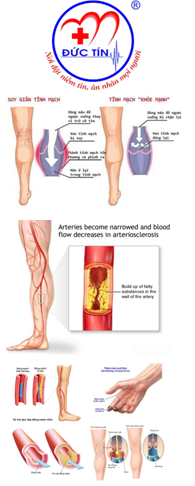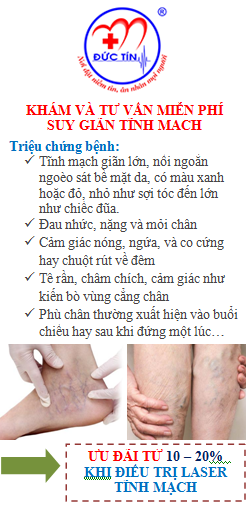A late-breaking clinical trial presented at the virtual Society for Cardiovascular Angiography and Interventions (SCAI) 2020 Scientific Sessions (14–16 May, Eastern Time) demonstrated strong long-term haemodynamic and safety outcomes for the Melody transcatheter pulmonary valve (Medtronic). Additionally, results from a second late-breaking trial—for the investigational Harmony transcatheter pulmonary valve (also Medtronic)—met its safety and efficacy endpoints for haemodynamic function at six months
The Melody transcatheter pulmonary valve 10-year outcomes trial studied 150 implanted patients ranging from age 7–53, with a median age of 19, and the primary indication for intervention was pulmonary regurgitation. The study assessed Melody’s long-term functionality, or transcatheter pulmonary valve dysfunction, which is defined as reoperation, catheter reintervention, or haemodynamic dysfunction (i.e. moderate or greater pulmonary regurgitation and/or mean RVOT gradient >40mmHg). The study’s safety outcomes included serious device-related adverse events, stent fracture, catheter reintervention, surgical conduit replacement, and mortality rate.
The 10-year data highlights:
- The study demonstrated sustained long-term function of Melody transcatheter pulmonary valve when compared to the historical control of surgical conduit
- The Melody transcatheter pulmonary valve demonstrated consistent haemodynamics through 10 years as measured by stable RVOT gradients
- Strong valve efficacy with 97% none/trace/mild pulmonary regurgitation at 10 years
- Annualized incidence of TPV-related endocarditis was 2% per patient-year, over the course of long-term follow-up
- Freedom from major stent fracture 84% at 10 years, steady after five years
- Freedom from any reintervention (surgical or catheter) was 61% at 10 years.
Thomas K Jones (Seattle Children’s, Seattle, USA) says: “Having long-term data is an important milestone especially for this paediatric patient population who are growing and changing so rapidly during a 10-year period. While the study reinforces the longevity, durability, and efficacy of the Melody transcatheter pulmonary valve, it will also serve as a study model for future evaluations of novel paediatric congenital heart disease technologies.”
As part of the Medtronic congenital heart disease programme, a press release reports, the safety and effectiveness of the Harmony transcatheter pulmonary valve is currently being evaluated for patients with right ventricular outflow tract (RVOT) malformations who require a correction to their structural malformation early in life and need a minimally invasive option to restore pulmonary valve function, and are without a conduit. Data presented at SCAI 2020 show:
- The study met its primary safety and effectiveness endpoints of freedom from procedure or device-related mortality and met its haemodynamic function target at six months
- 100% of patients experienced freedom from procedure-or device related mortality at 30 days
- Acceptable haemodynamic function at six months was achieved in 89% of the pivotal trial participants. For the pre-specified primary endpoint analysis, 91% of patients from both the EFS and pivotal trial achieved acceptable hemodynamic function, surpassing the performance target of 75%
- 84% of patients were free from device failure at six months
- At six months, 94% of patients had no, or mild pulmonary regurgitation and 97% had no or mild paravalvular leak.
John P Cheatham (Nationwide Children’s Hospital, Columbus, Ohio, USA), lead principal investigator, comments: “These pivotal data support the rationale for a potential new therapy designed specifically for the right ventricular outflow tract. If future study data continue to be strong, we are hopeful that Harmony may potentially impact this critical, hard-to-treat segment of patients, who have limited treatment choices with current transcatheter technologies.”
Source CardiovascularNews
Duc Tin Clinic
Tin tức liên quan
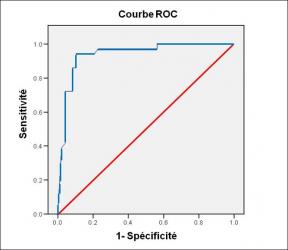
Performance diagnostique de l’interféron gamma dans l’identification de l’origine tuberculeuse des pleurésies exsudatives
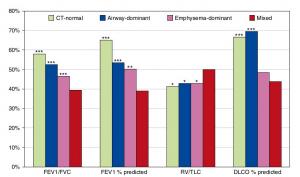
A Mixed Phenotype of Airway Wall Thickening and Emphysema Is Associated with Dyspnea and Hospitalization for Chronic Obstructive Pulmonary Disease.
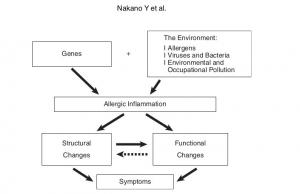
Radiological Approach to Asthma and COPD-The Role of Computed Tomography.
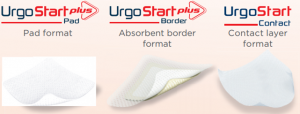
Significant annual cost savings found with UrgoStart in UK and Germany
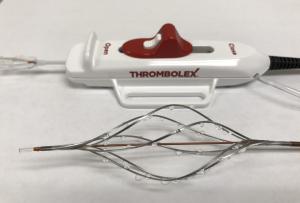
Thrombolex announces 510(k) clearance of Bashir catheter systems for thromboembolic disorders
Phone: (028) 3981 2678
Mobile: 0903 839 878 - 0909 384 389
